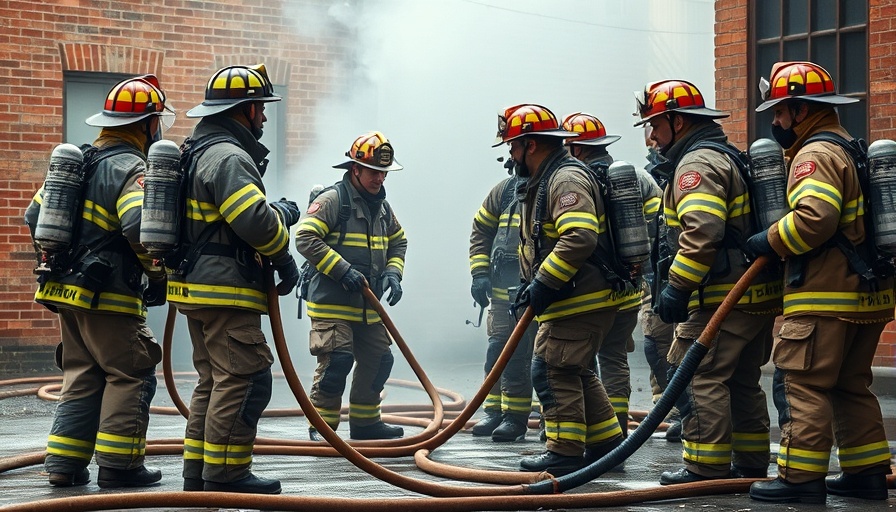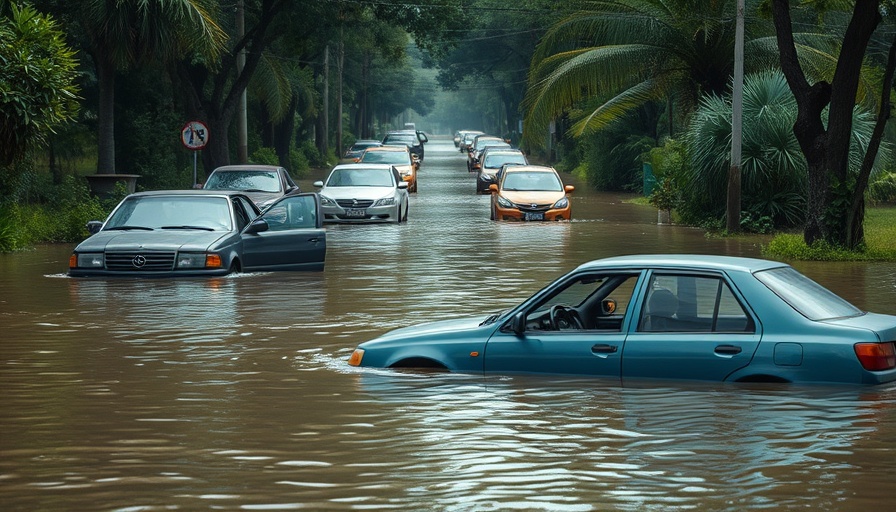
Bridge Closures Lead to Community Concerns
In Terrebonne Parish, a challenging transportation landscape is present, with eight critical bridges now closed. This situation is not only complicating daily commutes but igniting a wave of frustration among residents. James Price, a local resident, recalled the Daigleville Bridge at the intersection of Grand Caillou Road and E. Main Street being out of service for months, highlighting the persistence of this issue. The closures are at a crucial time, raising concerns about emergency response times and evacuations during hurricane season.
Impact on Emergency Services and Evacuations
The closures of these bridges pose significant risks to emergency services. In a region prone to hurricanes, rapid evacuation is vital. Residents worry that delays in emergency response could lead to devastating outcomes during crises. Local leaders and authorities are vocal about their concerns over the potential increased response time for police, fire, and medical assistance. The current situation not only inconveniences travel but could also jeopardize lives when every moment counts.
Community Voices: Frustration and Urgency
Terrebonne Parish residents are expressing their annoyance and desperation over the growing list of closed bridges. In addition to the Daigleville Bridge, several others—like the Placid Bridge and the La. 659 Bridge—continue to hinder everyday activities, from getting to work to running errands. Many local community members, especially those aged 55 and older, feel disconnected from vital services and resources. "It feels like we are under siege every time we try to get across town," noted one frustrated resident. The local government has promised updates, but residents long for immediate answers and actions.
Historical Context: Infrastructure Maintenance Challenges
Bridge maintenance has been an ongoing issue throughout Louisiana, particularly in coastal areas facing unique environmental challenges. The state's infrastructure struggles to keep pace with the demands placed on it by an aging population and frequent natural disasters. In reflecting on the current closures, we must recognize a history of neglect that speaks to broader systemic issues within road and bridge management. Increasing funding aimed at repairing existing structures is essential, yet these concerns often fall behind more pressing state expenditures.
The Economic Implications of Connectivity
The ongoing closures also carry economic consequences. Businesses are facing potential decreased traffic and accessibility issues. For those in retail and service industries, each moment that the roads remain closed equates to lost customers. The economic ripple effects extend beyond local businesses, impacting everything from tourism to delivery services, prompting discussions about how to best fund infrastructure improvements for long-term solutions.
Local Governments Respond: Plans for Recovery
Local officials are aware of the gravity of the situation and are seeking solutions. Discussions surround grant funding opportunities and state assistance for reparative efforts. Some leaders have started advocating for a temporary traffic rerouting plan and improving communication with residents about alternative routes. Nevertheless, the immediate logistical challenges must be met with a growing urgency as seasonal storms approach. Local officials must balance between short-term fixes and long-term sustainability improvements that address foundational issues in the region.
Moving Forward: Community Engagement and Action
As Terrebonne Parish grapples with these infrastructure challenges, it is crucial for residents to stay engaged. Attend local government meetings, and voice opinions regarding necessary changes. By participating actively in community discussions, individuals can influence how local infrastructure issues are prioritized and addressed. Staying informed about updates from local officials will enhance understanding and preparedness in these turbulent times.
In conclusion, the bridge closures in Terrebonne Parish are not merely inconveniences; they represent a broader issue with implications for safety, economics, and community cohesion. Addressing these concerns is vital for ensuring that the residents can navigate both their daily lives and emergencies with confidence.
 Add Row
Add Row  Add
Add 



Write A Comment